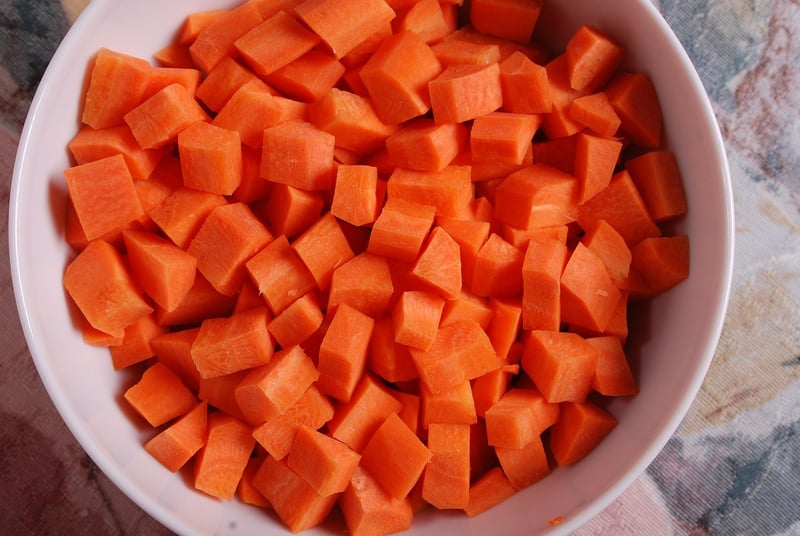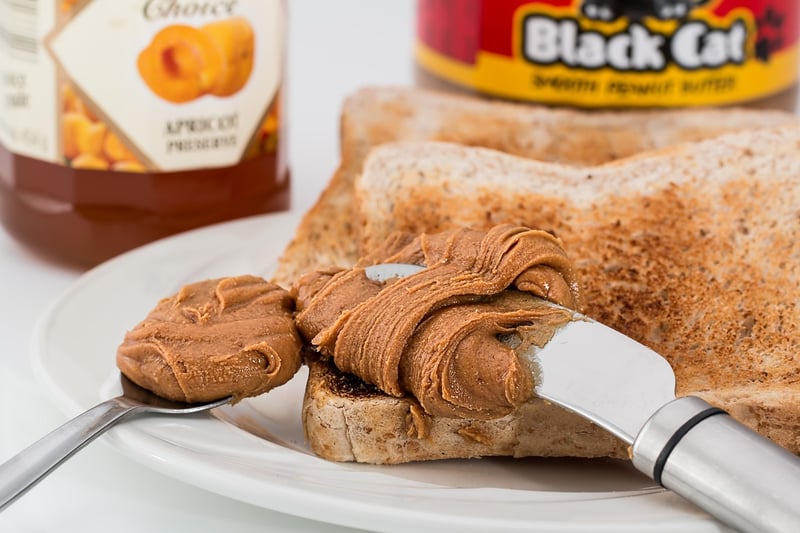Misinformation spreading
#Rumors
#Falsehoods
#Deceit
Separating Fact from Fiction: Debunking Common Misinformation
With the rise of the digital age, information is more accessible than ever before. However, this accessibility comes with a downside - the spread of misinformation. In a world where fake news and false facts can be shared at the click of a button, it's essential to be able to separate fact from fiction.
Common Misconceptions and Debunked Myths
Let's take a look at some common misconceptions and myths that often circulate online:
- Myth: Eating carrots improves your eyesight.
- Fact: While carrots are healthy and contain vitamin A, they will not give you superhuman vision.
- Myth: You lose most of your body heat through your head.
- Fact: Heat loss from the head is proportional to the amount of body surface area exposed, not significantly more than other parts of the body.
How to Spot Misinformation
It's crucial to develop critical thinking skills to spot misinformation. Here are some tips:
- Check the source: Verify information from reputable sources.
- Look for evidence: Fact-check claims using reliable sources.
- Consider the context: Misinformation often lacks context or cherry-picks information.
Combatting Misinformation
As individuals, we can combat misinformation by:
- Sharing responsibly: Verify information before sharing it with others.
- Engaging critically: Question and research the information you come across.
- Supporting credible sources: Promote trustworthy sources of information.
By being vigilant and discerning consumers of information, we can help prevent the spread of misinformation in our digital world.


